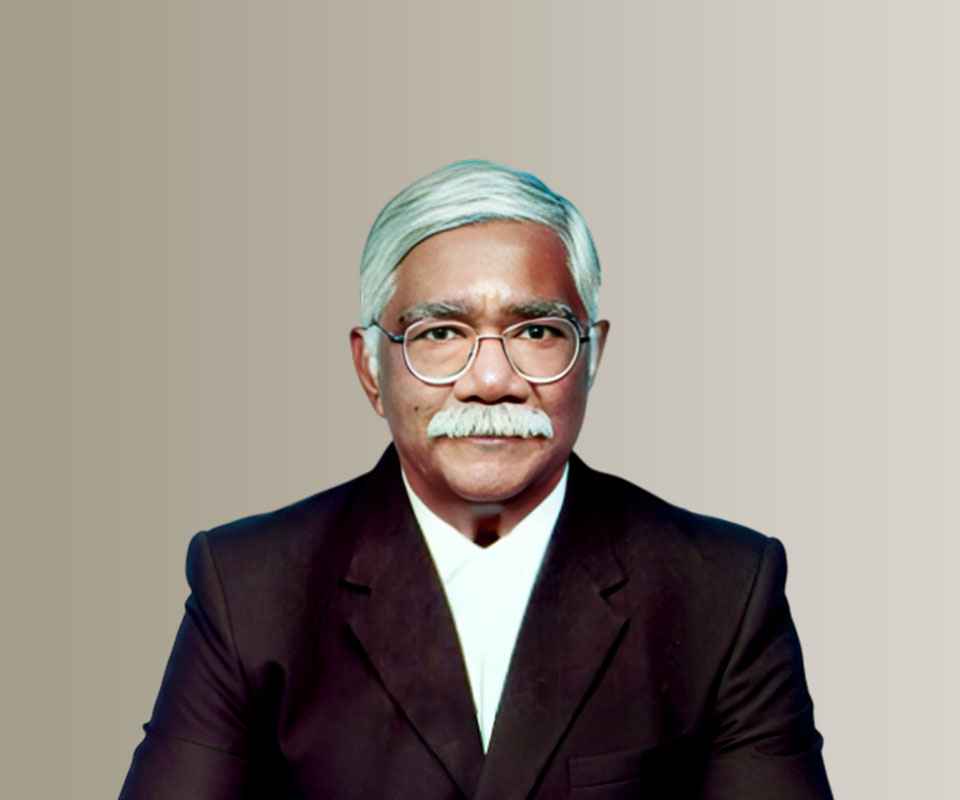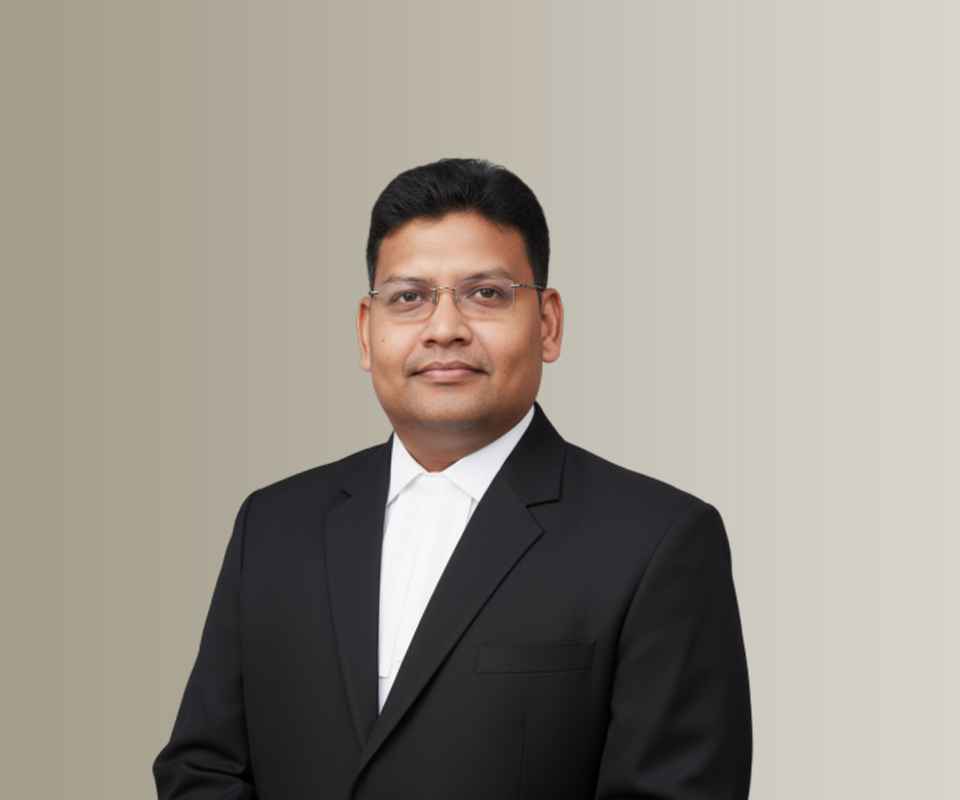Answer By law4u team
Under Indian patent law, a compulsory license is a legal mechanism that allows the government to authorize a third party to use a patented invention without the consent of the patent holder. This is generally done to ensure that public interest is served, particularly when the patented invention is essential for public health, affordable access to medicine, or other critical needs. The provision aims to balance the rights of the patent holder with the rights of the public to access necessary goods or services.
Key Features of a Compulsory License under Indian Patent Law:
Legal Basis:
A compulsory license is granted under Section 84 of the Indian Patents Act, 1970. This section allows the government or a third party to apply for a compulsory license if certain conditions are met, particularly to prevent the abuse of patent rights.
Conditions for Granting a Compulsory License:
- Non-availability of the patented product or process at a reasonably affordable price: If a patented product or process is not available to the public at a reasonably affordable price, a compulsory license can be granted.
- Failure to work the patent in India: If the patent holder does not manufacture the product or use the patented process in India (i.e., the patent is not being worked locally), a third party can apply for a compulsory license to make the product or process available in the country.
- Public health or emergency reasons: If there is a public health emergency, such as an epidemic or pandemic, the government can intervene and issue a compulsory license to ensure access to essential medicines or treatments.
Example: In 2012, the Indian government granted a compulsory license for the generic production of the cancer drug Nexavar (sorafenib), which was patented by Bayer. The decision was made because the drug was priced excessively high, making it inaccessible for many patients in India. The compulsory license allowed generic manufacturers to produce the drug at a much lower price.
Process for Granting a Compulsory License:
- Application: Any interested party can apply for a compulsory license after three years from the patent grant date. The application must demonstrate that the patentee has not fulfilled their obligations to meet the demand for the patented product or process.
- Considerations: The patent office will evaluate whether the patented invention is being sufficiently worked in India, whether it is available at reasonable prices, and whether the public's need is being met.
- Royalty Payment: The party granted a compulsory license is usually required to pay the patent holder a royalty for using the invention. The royalty rate is determined by the Controller General of Patents, Designs, and Trademarks based on the commercial value of the invention.
Limits on the Compulsory License:
- The license is typically non-exclusive and non-transferable. It is granted for specific purposes and may be limited to a particular territory or field of use.
- The compulsory license may be granted for a limited period and can be subject to renewal if the conditions under which it was granted still exist.
Revocation of a Compulsory License:
A compulsory license can be revoked if the situation that necessitated it changes. For example, if the patented product becomes available at an affordable price or the patent holder starts manufacturing locally, the compulsory license can be revoked.
Balancing Interests:
Public Interest:
Compulsory licensing is a tool that ensures public access to essential technologies and medicines, especially in cases of public health crises or when the patent holder's pricing is considered exploitative.
Example: During the HIV/AIDS crisis in the 2000s, India utilized compulsory licenses to ensure that affordable generic antiretroviral drugs were available to the large number of people affected by the disease.
Patent Holder's Rights:
While compulsory licenses limit the patent holder's exclusive rights, the law provides a balance by requiring the payment of royalties to the patent holder. The government also limits the scope and duration of the license, so patent holders' intellectual property rights are not entirely undermined.
Example: In the case of the Nexavar compulsory license, Bayer was compensated for the license, though the price it received was far lower than the market price for the patented drug.
Innovation Incentive:
By limiting the conditions under which a compulsory license can be granted, Indian patent law ensures that innovation is still incentivized. Patentees are encouraged to work their inventions commercially in India and provide affordable access, thereby balancing private interests with public welfare.
Examples of Compulsory Licenses in India:
Nexavar (2012):
In 2012, the Indian Patent Office granted a compulsory license to Natco Pharma to manufacture and sell a generic version of Nexavar, a cancer drug by Bayer, at a significantly reduced price. This decision was based on the argument that the drug was not affordable for most patients and was not being adequately supplied in India.
Cornelius (2019):
Another case where compulsory licensing was invoked was regarding Cipla's production of Abacavir, an anti-HIV drug, under a compulsory license. Cipla had been granted a compulsory license because the patented drug was not available at an affordable price for people suffering from HIV/AIDS.
Conclusion:
A compulsory license under Indian patent law is a mechanism designed to promote public welfare by ensuring that patented inventions, particularly in the pharmaceutical sector, are available at affordable prices or are accessible in cases of public health emergencies. While it limits the exclusive rights of the patent holder, it seeks to balance public access with the patent holder’s ability to earn a reasonable return on their innovation. This provision has been especially significant in ensuring access to essential medicines and protecting public health.







